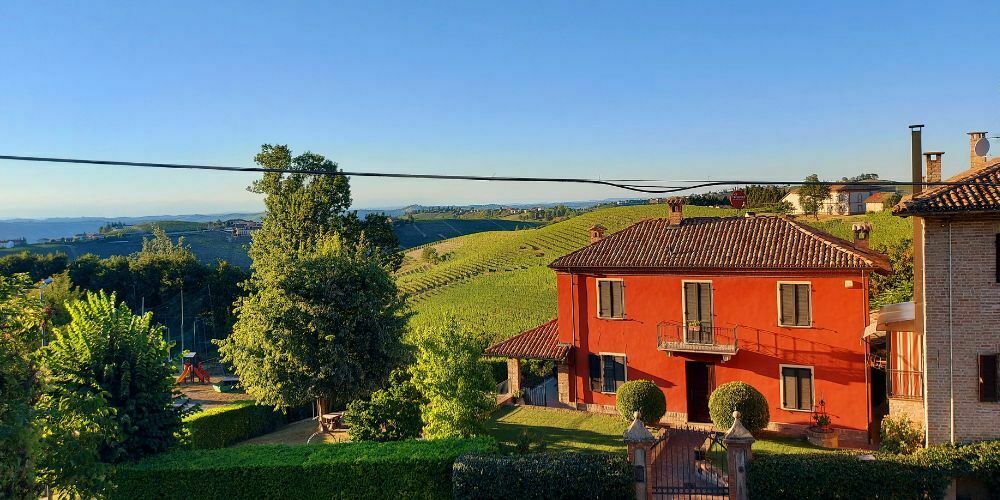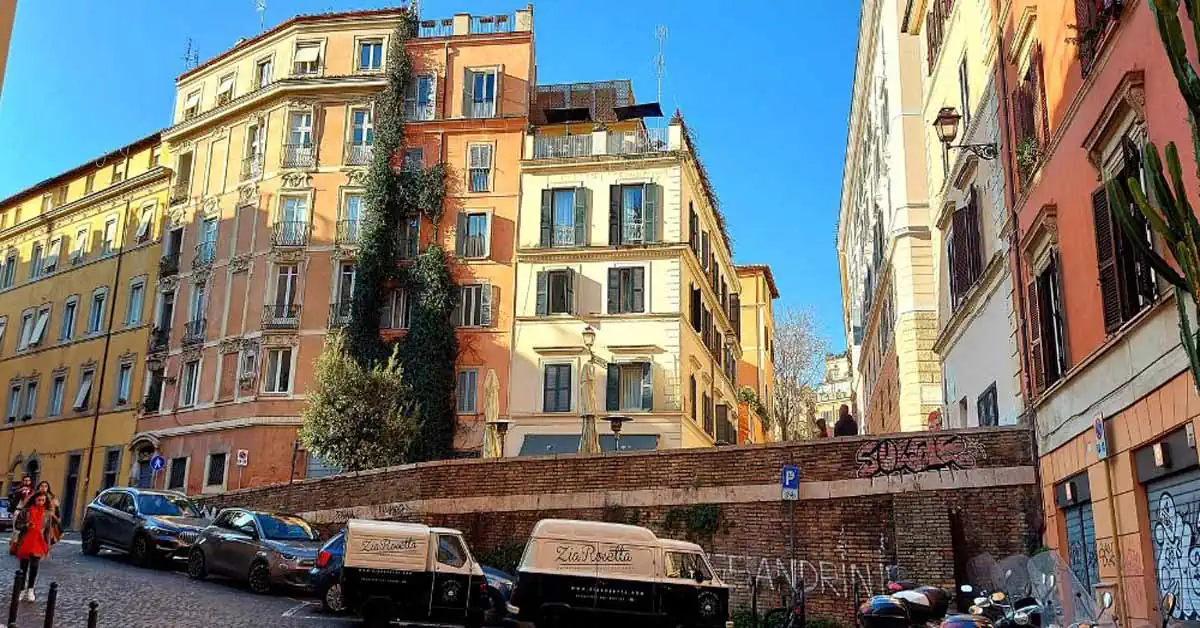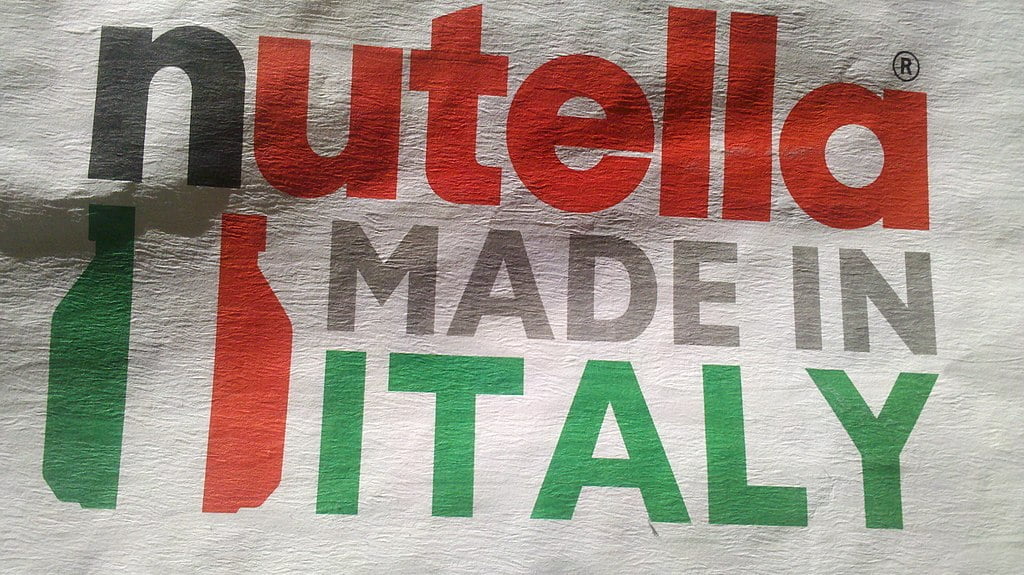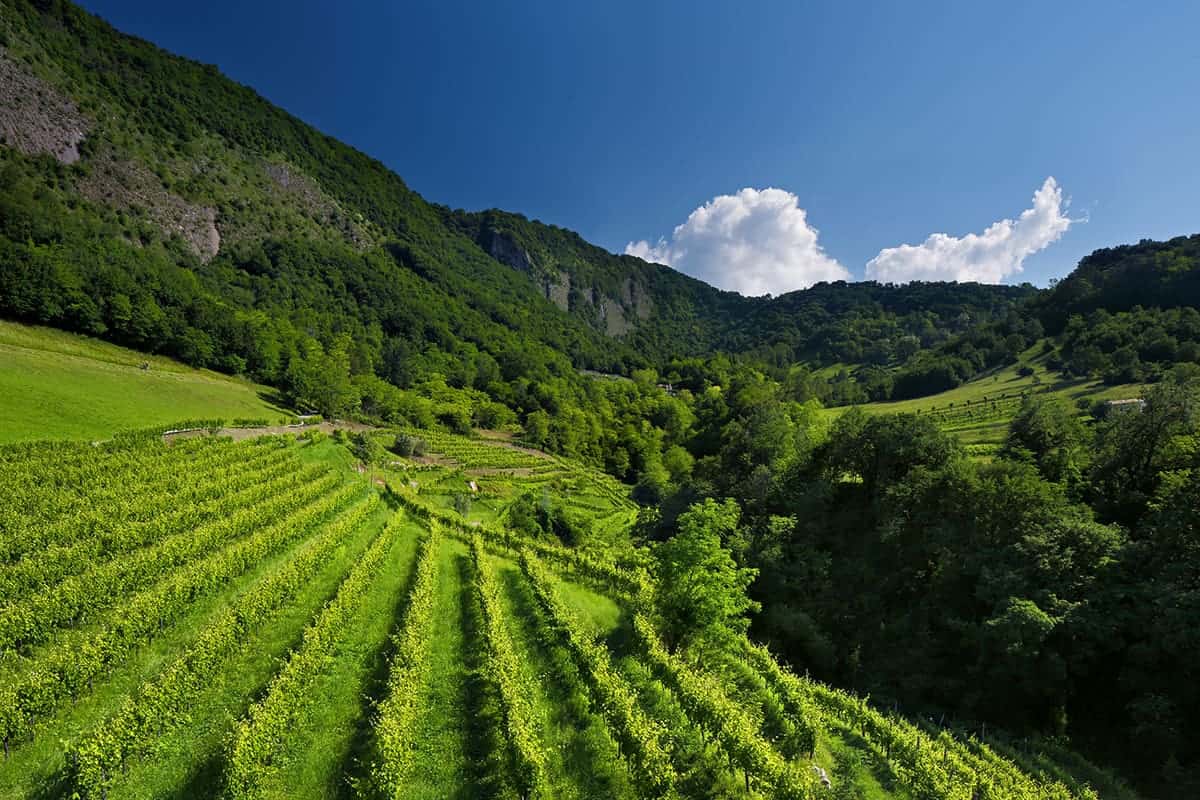What food represents Italy better than pizza? That crusty yet soft dough, covered with fresh tomato sauce, juicy mozzarella cheese, and an infinity of different toppings is indeed an integral part of the Italian culture.
However, its popularity does not stop in the Belpaese. Nowadays, pizza has become one of the most -if not the most- famous and loved food all over the world. To the point that every country has its own version of this traditional Italian delicacy. Among the most famous is American pizza.

This content is not shown.
Click on this block to display all our content, by accepting our cookies or review our cooky-policy below.
In this article, you will learn all you have to know about pizza culture in Italy, as well as what are the main differences between Italian pizza vs American pizza.
Pizza from Italy
Pizza in Italy is more than just food. It is a true institution, a cultural symbol, and a status quo -on par with the Colosseum, the spaghetti al pomodoro, and the Positano Instagram spots (if you know you know). In addition, going out to eat pizza is one of Italians’ preferred ways of socializing and catching up with their friends.
And it’s also not a case that the three predominant colors of a pizza Margherita (red from the tomato sauce, white from the mozzarella cheese, and green from the basil) are the same as the Italian tricolore (the Italian flag).
Indeed, the tale claims that on June 11, 1889, Neapolitan pizza maker Raffaele Esposito created the “Pizza Margherita” in honor of the visit of the new Italian queen Margherita of Savoy. What better way to pay homage to her royalty than with a pizza mimicking the colors of the flag, he should have thought.
Since then, pizza slowly began to gain popularity all over the penisola and, at the beginning of the century, also to the rest of the world, aided by the strong migratory flows that drove many people from Campania to seek their fortunes in other states and continents.
This content is not shown.
Click on this block to display all our content, by accepting our cookies or review our cooky-policy below.
This is when Italian pizza arrived for the first time in New York (precisely in 1905), and started to quickly become a very appreciated food in the United States. Now, the U.S. is one of the biggest consumers of this delicacy, with more than 42 million Americans consuming it on a daily basis.

However, as you might know, the pizza sold in the United States -both in its New York or Chicago-style version- is remarkably different from the traditional pizza from Italy. To the point that some ‘pizza purists’ do not even consider the former as ‘true pizza’.
This is why it is important to go back to the origins and understand what makes a good Italian pizza, and which are the most typical types of pizza in Italy. Only after, it will be possible to compare Italian pizza with American pizza and understand which are their main differences.
Typical types of Italian Pizza
Pizza Napoletana, pizza Romana, pizza alla pala, pizza fritta, pizza al tegamino, o pizza con il cornicione ripeno: did you know that pizza in Italy can come in different variations, shapes, and flavors?
This content is not shown.
Click on this block to display all our content, by accepting our cookies or review our cooky-policy below.
Generally, the major differences are in the dough, the dynamics of baking, and the proportions between the basic ingredients (tomato, cheese, and toppings). A few changes here and there, and you can end up with a substantially different final product. In addition, these variations are usually local, meaning that they have developed in a specific area.
On top of these regional pizza variants, there are also different topping combinations to be put on top of the dough. From the more basic ones, such as Pizza Prosciutto e Funghi and Pizza Ortolana, to the richer and more elaborated ones, such as Pizza ai Quattro Formaggi. The combinations are truly endless, depending on the restaurants… but surely you will never find pineapple pizza on the menu.
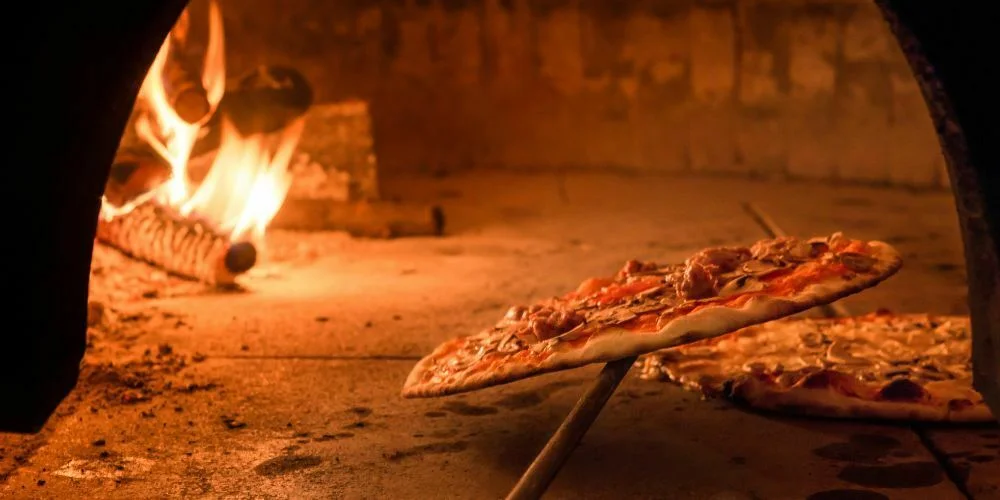
To simplify your next pizza choice, let’s then have a brief overview of the most popular types of pizza in Italy, starting from the regional variants.
Pizza napoletana (Neapolitan pizza)
It is the quintessential pizza, the oldest, and, according to some people, the best one. In addition, a true Neapolitan pizza should have some specific characteristics, regulated by the Associazione Vercae Pizza Napoletana (Association True Neapolitan Pizza), and protected by a Traditional Specialty Guaranteed (TSG) certification.
This content is not shown.
Click on this block to display all our content, by accepting our cookies or review our cooky-policy below.
According to the AVPN, a true Neapolitan pizza should have a large, airy, and soft crust, with a thinner inner part, and you should be able to fold your pizza in the middle without it breaking. In addition, the crust and the bottom of the pizza should be golden and have some burnt spots -a good indication that the pizza has been cooked in a wood oven.
Last but not least, the aroma should remind those of fresh bread, while the taste should be rich and aromatic
As far as the toppings are concerned, the most popular Neapolitan pizzas are Margherita (mozzarella cheese, tomato sauce, and fresh basil), Bufalina (the same as Margherita, but with mozzarella di bufala -made with buffalo milk- instead of the regular one), and Marinara (just tomato sauce, garlic, basil, and olive oil).
Some restaurants do also offer pizza con il cornicione ripieno: this is just a regular Neapolitan pizza with a stuffed crust. The filling of the crust is generally made of ricotta cheese, which is in some cases enriched with sausage crumbs, diced veggies, or anchovies.
ItalyStart tip: Neapolitan pizza should be eaten very hot, and rigorously with your hands
Pizza Romana (Roman pizza)
It is probably the most popular pizza in Italy, that is, the one prepared by almost every pizzeria. It stands out for its thin and crispy crust, which differentiates it from the Neapolitan variant.
This content is not shown.
Click on this block to display all our content, by accepting our cookies or review our cooky-policy below.
The reason for its particular texture lies in the baking method: Roman pizza stays in the oven for a few minutes longer than the Neapolitan one, on average seven to ten minutes, and with a higher temperature, usually over 250 degrees Celsius.
As far as the toppings are concerned, the combinations are almost endless, and each pizzeria has its own variants. However, the most common are:
- pizza capricciosa (ham, olives, mushrooms, and artichokes)
- quattro stagioni (same ingredients but arranged differently)
- quattro formaggi (literally, “four cheeses”) (mozzarella, gorgonzola, fontina, and Parmigiano)
- ortolana (with different types of veggies -usually bell peppers, eggplants, and zucchini- and Parmesan cheese)
- tonno e cipolle (with canned tuna fish and onions)
Pizza fritta (fried pizza)
If you are in Naples, don’t leave before having tried pizza fritta, a classic street food sold at every corner of the city.
As suggested by the name, pizza fritta is non-other than a deep-fried pizza (usually in extra-virgin olive oil), that can come in many different shapes and fillings.
For example, montanara is round and covered with tomato sauce and shredded Parmesan cheese (both added after the dough has been fried), while calzone is shaped like a half moon, and stuffed before being immersed in the hot olive oil.
This content is not shown.
Click on this block to display all our content, by accepting our cookies or review our cooky-policy below.
Fillings can range from the classic tomato and mozzarella cheese to veggies, ham, and different types of meat. Calzoni are also quite similar to panzerotti, a street food typical from Puglia, that can come in fried and oven-cooked versions.

Pizza al tegamino or ‘al padellino’ (pan pizza)
If you are not a true pizza expert, pizza al tegamino might sound new to you. But don’t worry, you are not alone.
Indeed, if you are not from Turin (the capital city of the north-western region of Piemonte) it is very likely not to be aware of this particular -and very tasty- specialty.
Like the Neapolitan pizza, the pizza al tegamino is baked in the oven. However, the main difference is that it is cooked inside a small aluminum pan -each pan corresponds to a single pizza-, well greased with oil on the bottom and along the edges.
This content is not shown.
Click on this block to display all our content, by accepting our cookies or review our cooky-policy below.
This way, the pizza does not stick and becomes very fragrant and crispy. In addition, unlike the Neapolitan one, pan pizza is uniformly tall, fluffy both on the sides and in the middle, and does not have a ‘proper’ crust.
Nice to know: Because of its special characteristics, pizza al tegamino can be seen as the lucky encounter between focaccia and Neapolitan pizza.
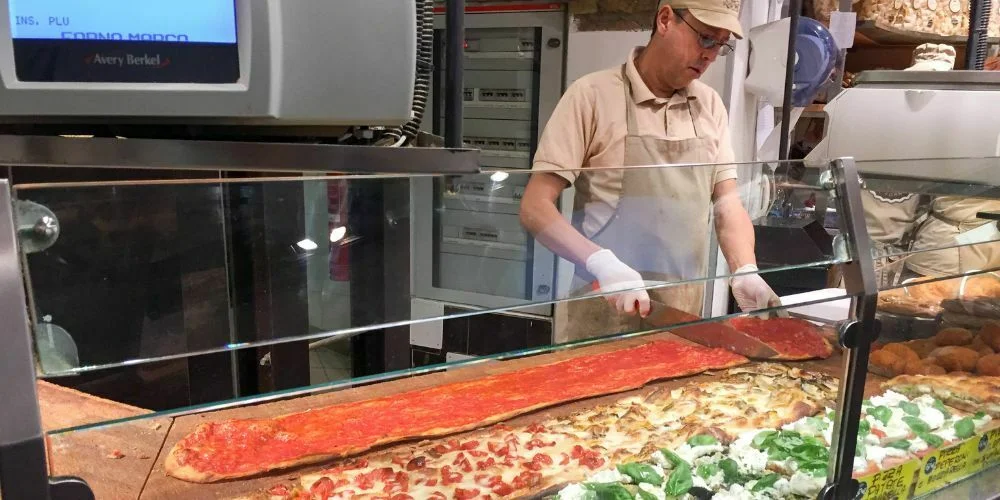
Pizza al taglio (or ‘al trancio’)
Pizza al trancio is one of the most popular Italian street foods and can be generally found in most bakeries. This type of pizza is baked in a large, rectangular pan before it gets cut into squares or long strips.
Often, the price of a slice of pizza al trancio is determined by the weight and toppings added to it: this has the double advantage of allowing the consumer to determine the size of the slice they want to eat, as well as to order several pizza flavors in one sitting.
Pizza alla pala (paddle pizza)
Last -but certainly not least- is pizza alla pala (literally ‘paddle pizza’), which can be described as a middle ground between a Neapolitan and a pan pizza, as it is baked with the shovel directly on the oven floor, like the former, but has higher hydration and larger size, like the latter.
This content is not shown.
Click on this block to display all our content, by accepting our cookies or review our cooky-policy below.
Indeed, the most distinctive characteristic of this type of pizza is the high hydration of the dough (which means that the proportion of water to flour is pretty high), which is then stretched lengthwise and placed directly on the paddle, and then topped with the desired ingredients.
The end result is an extremely light and soft pizza, which is typically shared among a group of friends by the slice
Nice to know: Although all these types of Italian pizzas present different characteristics and shapes, a few things are similar between all of them:
- Choice of simple and genuine ingredients
- A generally airy and soft crust with a thinner inner part
- Preference for the wood-fire oven over the electric one
We now have all the elements to put the Italian and American pizzas into comparison.
New York vs. Chicago-style pizza
According to a 2019 survey, a staggering 98% of Americans eat pizza regularly, and they love it so much that 33 million of them admit they would choose it to be their last meal ever.
But are we talking about the same pizza you can eat in the Belpaese? And how has American pizza evolved since its first arrival in the city that never sleeps: New York?
This content is not shown.
Click on this block to display all our content, by accepting our cookies or review our cooky-policy below.
The first thing to say is that there is not just one type of American pizza, as there is not just one type of Italian pizza. For reasons of brevity, we can say that the two most popular ones are the New York-style pizza and the Chicago-style one.
The former is thinner, hand-tossed, and cooked on the stone, while the latter is a pan pizza with a dish-shaped, and thicker crust, inside which it is possible to add several layers of toppings.
Italian pizza vs American pizza: the differences
However, both types of pizzas have certain common characteristics that set them apart from Italian pizza. Let’s have a look at the main ones.
1. Size
The first major difference between Italian vs American pizza is its size. American pizzas are generally not only way larger, but they also do weigh more as the dough is thicker and topped with more ingredients. This is why, usually, one large pizza is enough for at least 2-3 people.
On the other hand, in Italy, one pizza is the perfect portion size for one person -even children get their own pizza.
This content is not shown.
Click on this block to display all our content, by accepting our cookies or review our cooky-policy below.
2. Crust
A second major difference between American and Italian pizza is the thickness of the crust. In general, Italian pizza has a very thin, airy crust -which comes also from the fact that the dough sits for at least 24-48 hours after its preparation. That means that the flour contained in it has all the time to rise and create a softer dough.
On the other hand, the crust of American pizza is generally thicker and denser, even in its New York variant.
3. The sauce
Italian pizza sauce is generally lighter, made with fresher ingredients, and contains herbs and spices, such as garlic, basil, and oregano.
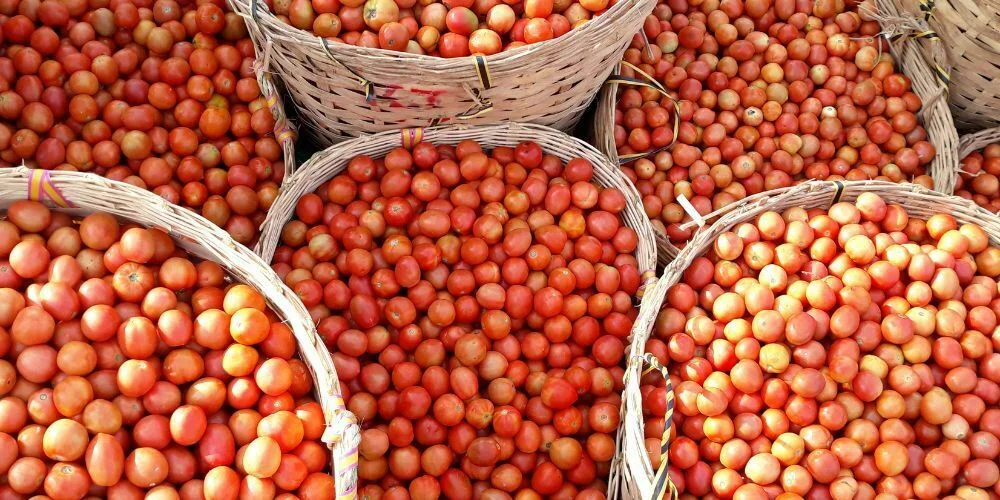
In contrast, the sauce used for American pizzas is made out of canned tomatoes and is then slowed cooked over the stow for a couple of hours. The result is a denser, more consistent sauce, that goes well with the thicker dough.
This content is not shown.
Click on this block to display all our content, by accepting our cookies or review our cooky-policy below.
4. The cheese
The fourth substantial difference between Italian vs American pizza is in the choice of the cheese spread. Pizza from Italy is topped with fresher types of cheese, generally, mozzarella, burrata, or ricotta, that are scooped over the pizza crust in moderate amounts. In this way, the overall flavor of the pizza is more delicate, well-balanced, and not overpowered by the cheese’s taste.
On the other hand, American pizzas are loaded with cheese, which is generally grated all over the base. For this reason, most pizzerias there prefer to use a low-moisture mozzarella, often mixed with other types of hard cheese, such as Cheddar or Provolone. For this reason, the flavor of the cheese is way more overpowering than in the Italian version.
5. Toppings and meat
As you might have understood by now, Americans love to go ham (literally) with their pizza toppings!
This is why it is not uncommon to find different types of meat piled on top of a pizza, the most popular being sausage, pepperoni, hamburger, bacon, and ham. In addition to meat and cheese, American pizzas are generally topped with lots of different ingredients (such as the infamous pineapple, the object of never-ending controversies), and sauces, which are also often used to dip the crust in.
This content is not shown.
Click on this block to display all our content, by accepting our cookies or review our cooky-policy below.
On the other hand, Italians have an opposite approach when it comes to pizza toppings: less is more, and quality goes always before quantity. Italian pizzaioli are always on the hunt for more refined, sophisticated ingredient combinations, and some of them go as far as to think that the American approach to pizza is a true sacrilege.

The toppings are generally lighter and fresher, with seasonal veggies on top of the list of the favorite ones, followed by high-quality cold cuts (such as prosciutto crudo, or cotto), olives, and even chopped nuts.
This is why Italian pizzas are way more easily digestible, and certainly also a way healthier meal than their star and stripes versions.
This content is not shown.
Click on this block to display all our content, by accepting our cookies or review our cooky-policy below.
6. The philosophy around pizza
Last but not least, another significant difference between Italian pizza vs. American pizza lies in the way in which this mouthwatering food is conceived. Indeed, Italians do have a true philosophy around eating pizza: they see it as a ritual, a way of socializing and enjoying the company of their friends and family.
In addition, pizza is strictly seen as a food to be eaten at restaurants, most often after a long day at work, and that should be slowly savored and enjoyed.
On the other hand, Americans do often choose pizza as quick-to-eat takeaway food, to be consumed whilst watching a movie or even working. After all, Americans are renowned for their hustle culture, and pizza cannot certainly stop their workflow.
In conclusion
Even though American pizza firstly originated from the Italian pizza tradition, nowadays the two can almost be considered as two different foods, each of them with specific characteristics but both loved all over the world.
However, what we can safely say is that pizza in Italy is more than just food. Indeed, its cultural relevance all over the peninsula, as well as the rituals and traditions around pizza making have not -as yet- been matched in the American pizza culture.
Also read:
- Facts about pizza: 20 interesting unknown pizza facts
- Best Rome guides: the 4 best travel guides for Rome
- How big is Italy? Size of the land, population & economy
- Italian icons: 6 world changing famous Italian inventions
This content is not shown.
Click on this block to display all our content, by accepting our cookies or review our cooky-policy below.

